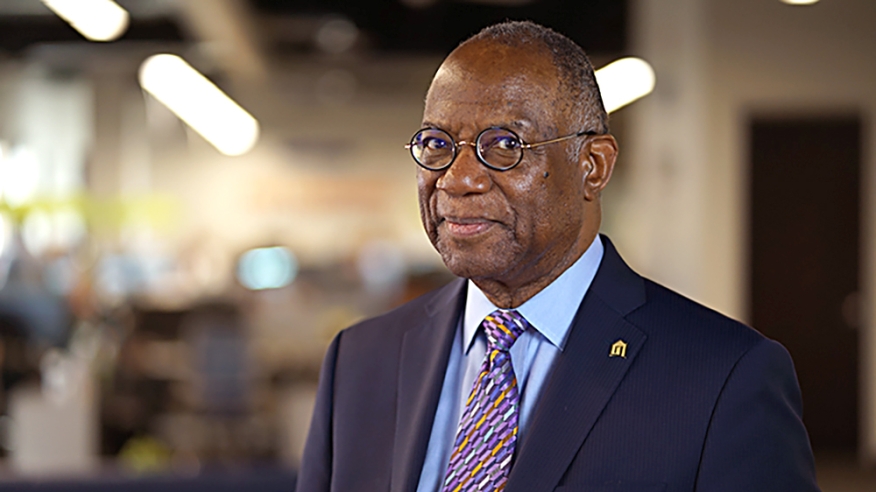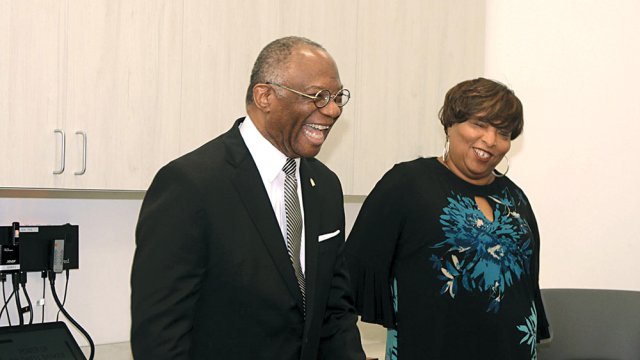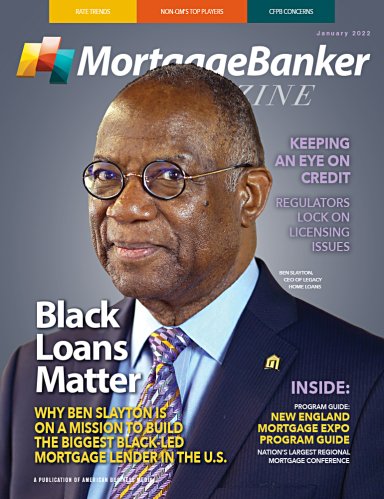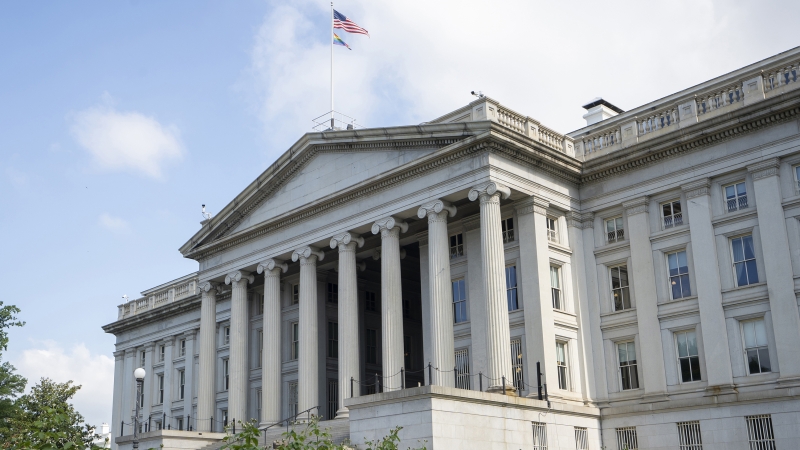MBM: You mentioned that there is a 30% homeownership gap between Blacks and whites, how did this happen and how did we get here?
SLAYTON: Well, that's a long story, because it all started from slavery. But I will not take you back that far, I will give you two more recent events that helped to create the homeownership gap and the wealth gap. I am 77 years old, and I am talking about a situation that took place 17 days after I was born. President Franklin D. Roosevelt signed a new law on June 22, 1944, called The Servicemen's Readjustment Act of 1944, more commonly known as the G.I. Bill of Rights or the G.I. Bill. This bill provided veterans coming home from World War II the ability to obtain:
• A college education;
• Technical and vocational training;
• Loan guaranty for homes;
• Loan guaranty for farms;
• Loan guaranty for businesses, and
• Unemployment payments
Prior to World War II, a college education and homeownership were, for the most part, an unreachable dream for the average white American, not to mention Black Americans. Home ownership was mainly reserved for the rich.
However, the G.I Bill changed all of that. By the time the G.I. Bill ended on July 25, 1956, 7.8 million of the World War II veterans had participated in a college education or technical or vocational training program. Millions of veterans took advantage of the G.I. Bill’s Home Loan Guaranty Program. From 1944 to 1952, the VA guaranteed 2.4 million home loans for World War II veterans.
The VA did not administer the program itself; it only guaranteed the loans to banks. If a veteran failed to pay their mortgage payments, then the VA guaranteed the banks 100 percent against any losses, which gave the white-owned banks free reign to deny mortgages to Black people. Blacks were redlined into poorer neighborhoods, ensuring that loans would be denied. In addition, builders that built homes in the suburbs built into the new home documents a deed covenant restriction that prohibited Blacks from buying homes.
In 1995, I personally purchased a home in Westchester, Calif., where the deed still has a deed covenant restriction that stated, because I was not of the white race, I could not purchase that home. In 1948, the U.S. Supreme Court ruled that states could not enforce the racial restrictions. However, it wasn’t until 1968, (20 years later) when Congress outlawed them altogether. But the language cannot be removed, therefore, the deed restriction language is still in the deed today.
“Said Land shall never be sold, divided, or leased to any person not of the Caucasian race, nor shall the title to said land ever become vested in whole or in part or remain in any person not of said race nor any corporation or association operated or controlled by persons not of said race.”
Let’s take one of the worst cases as an example of the segregation and bigotry that took place with the G.I. Bill by bankers. In 1947, 13 Mississippi cities made more than 3,200 VA-guaranteed home loans and only two of the 3,200 loans were made to Blacks. This practice was not confined to the South. Historian Ira Katznelson said that in New York and New Jersey suburbs, fewer than 100 out of the 67,000 mortgages insured by the VA-G.I. Bill, were made to non-white homebuyers.
In addition, at most of the schools that provided technical and vocational training, African Americans were unable to participate in vocational training that related to plumbing, electrical, printing, etc., because those types of jobs and equipment and materials were reserved for the white students in white communities only; therefore, African Americans were not given an opportunity to be trained as one of the high-level paying technical jobs. The high-level paying technical skilled jobs were reserved for white people only.
The white colleges would not accept African Americans, and most Blacks had to take menial jobs to support their families. Those that were able to attend a college were relegated to the small historical Black colleges that were mostly underfunded, unaccredited, and overwhelmed by the massive influx of African American veteran students and most of them had to be turned away.








